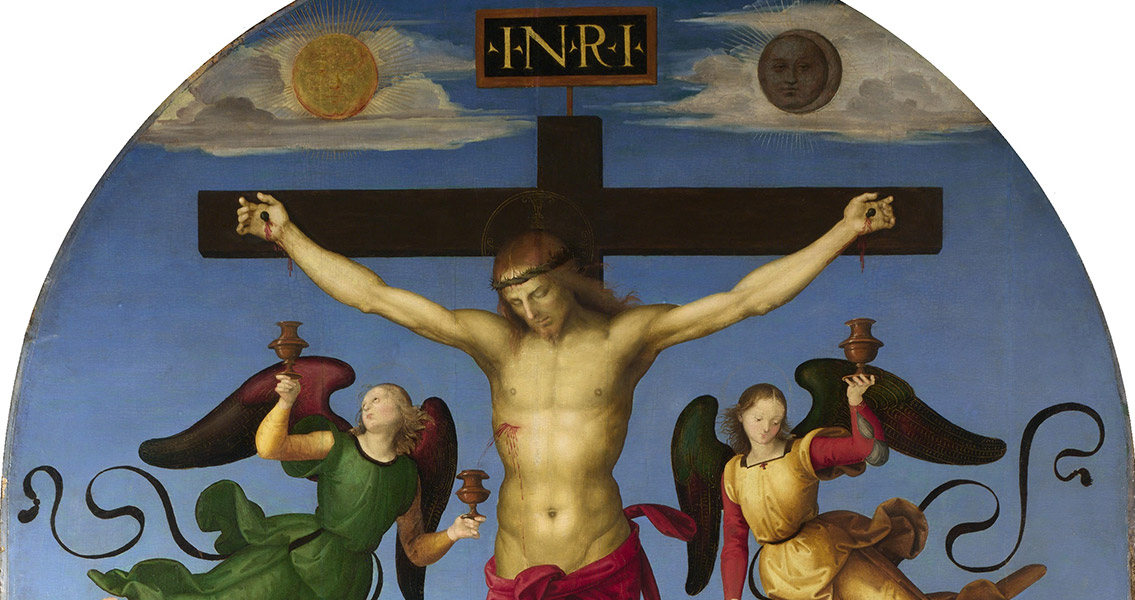<![CDATA[Good Friday, one of the holiest days on the Christian calendar, will be recognized by Christians worldwide this Friday as the day of Jesus’s crucifixion. Exactly how he was crucified is the subject of a recent article by Meredith J.C. Warren, with the University of Sheffield (England), who questions which method of crucifixion Jesus actually suffered. Specifically, was he nailed to the cross or tied to it? The Christian tradition has long assumed crucifixion entailed nailing the hands and feet to the wooden cross. Suspension from a cross eventually led to the victim’s painful and drawn-out death from either exhaustion or asphyxiation. The Romans however, carried out this punishment in a variety of ways; to publicly humiliate criminals and slaves (it didn’t always lead to death) as well as to execute those individuals, typically of low status, who had committed crimes against the state. Jesus, the King of the Jews, was executed for challenging Roman supremacy per Matthew 27:37, Mark 15:26, Luke 23:38, and John 19:19–22. But the Romans didn’t always nail victims to their crosses, they sometimes tied them in place instead. The only archaeological evidence supporting the practice of nailing the victims of crucifixion is an ankle bone discovered in the tomb of a man who had been executed in the first century CE, named Jehohanan Several early Gospels, the Gospel of Thomas for example, don’t even include a description of Jesus’s crucifixion, focusing on his teachings instead. None of the New Testament Gospels discusses whether Jesus was tied or nailed to the cross. The Gospel of John however, does report wounds on the risen hands of Jesus. It’s likely this passage that’s led to the overwhelming belief that the feet and hands of Jesus had been nailed to the cross, as opposed to being tied to it. The Gospel of Peter, which is a non-canonical Gospel from the first or second century CE, describes specifically how the nails were removed from Jesus’ hands after his death. The Gospel of Peter depicts the cross itself as an active participant in the Passion narrative. The cross speaks to God in verses 41 – 42, “And they were hearing a voice from the heavens saying, ‘Have you made proclamation to the fallen-asleep?’ And an obeisance was heard from the cross, ‘Yes.’” Several people in the last few years have claimed to have discovered the actual nails used to crucify Jesus and each time archaeologists and biblical scholars have rightly pointed out the lack of validity behind the claims. The earliest Gospels don’t make any reference to Jesus being nailed to his cross, yet the fixation on the nails continues. The earliest known image of Jesus’ crucifixion, the Alexamenos Graffito from the late second-century, is not at all like the familiar devotional icons, but is graffiti that seems to mock Christians. Assuming the image was not created by a Christian indicates non-Christians were aware of some element of Christian beliefs in the second century. Additionally, some of the earliest depictions of the crucifixion have been found on gemstones. Scholars believe the Constanza gemstone, which dates back to the fourth century CE, shows Jesus’s hands as if the wrists were tied. Given that evidence from antiquity doesn’t offer a clear answer, tradition dictates depiction. ]]>
Was Jesus Nailed or Tied to the Cross?
